Is the ‘Always-On display’ feature on your iPhone turning off by itself on iOS 16?
With an Always-On display, your iPhone 14 Pro and Pro Max dim the lock screen while showing information, like the time, wallpaper, and widgets.
Can the feature truly be called ‘Always-On’ if it turns off by itself?
Many iPhone users running iOS 16 complain about this issue on various forums.
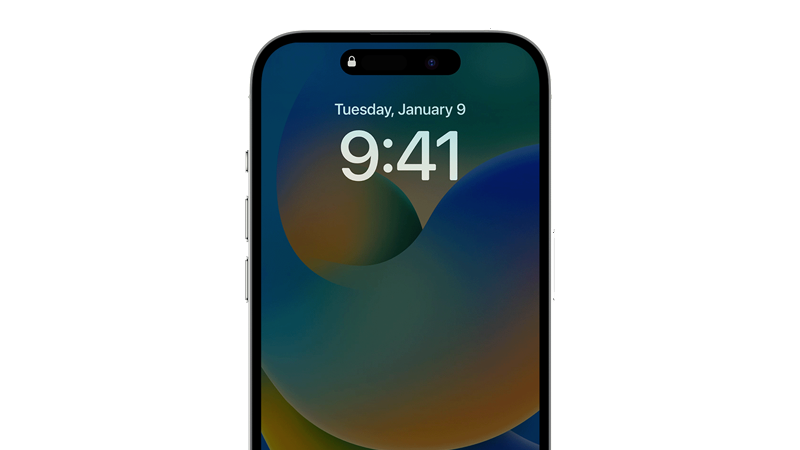
After a few minutes, the Always-On display on their device turns off like any older generation iPhone would when you lock the screen.
In this guide, we’ll show you how to fix the Always-On display feature if it keeps turning off on iOS 16.
Let’s begin!
1. Restart Your iPhone.
When you encounter software-related issues, you should try restarting your device first.
This way, you can rule out any temporary errors that may have occurred on your iPhone that causes Always-On display malfunction.
Restarting your iPhone should also clear corrupted data from your system memory.
- Hold down the Volume Down button and Side button until the ‘Slide to Power Off’ prompt appears.
- Now, drag the slider to the right and wait for 30 seconds.
- Press the Side button afterward to turn on your device.
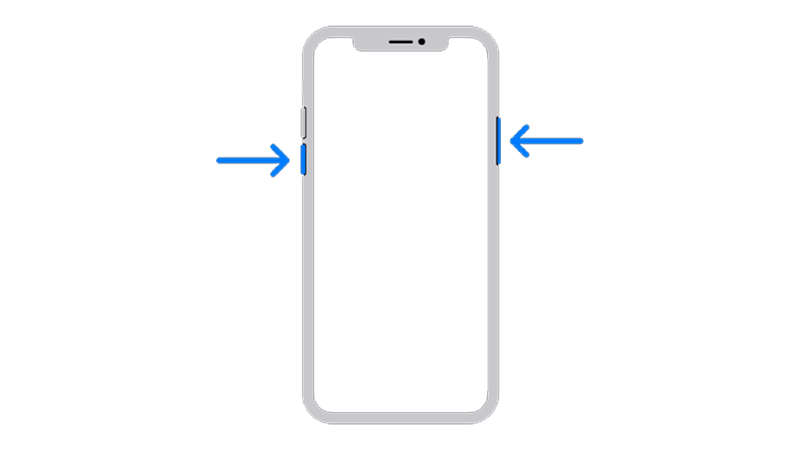
Lock your iPhone and observe if the Always-On display will still turn off.
2. Know How Always-On Works on iPhone.
To keep your device battery efficient, Apple implemented some unique attributes to the Always-On display function.
As it turns out, the feature can automatically turn off during these situations:
- Your iPhone is face down or in your pocket.
- Device is connected to CarPlay.
- Using Continuity Camera.
The Always-On feature can also turn off if you haven’t used your phone for a while.
Always-On can also go dark if your phone detects you moved away from it when you wear a paired Apple Watch.
3. Turn Off Low Power Mode.
If you use Low Power Mode on your iPhone, Always-On display won’t work.
Since Always-On display leaves a portion of your screen active, low power mode disables the feature to save battery.
Follow the steps below to disable Low Power Mode:
- First, open the Settings app on your iPhone.
- Scroll down and tap on Battery.
- Tap the toggle switch next to Low Power Mode.
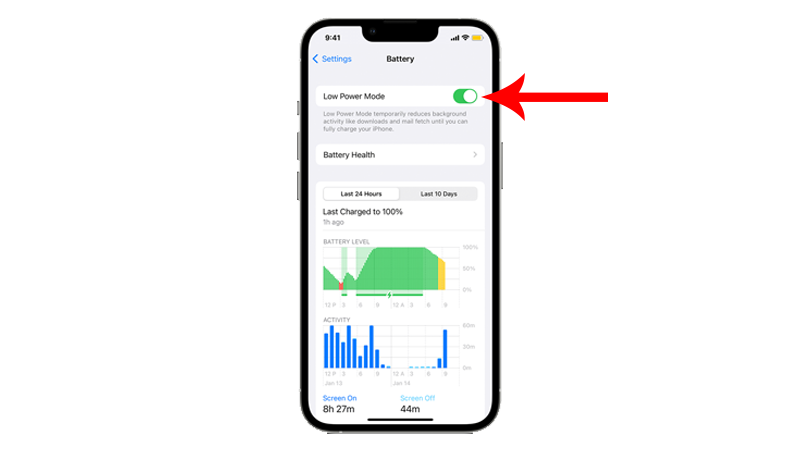
Note
- The toggle switch should not display a green indicator.
- You’ll know low power mode is enabled when the battery indicator in the upper right corner of your screen is yellow.
Once done, lock your screen and see if Always-On display will work properly.
4. Disable Any Focus Preset.
Focus is a feature on your iPhone that allows you to silence notifications on your device. This way, you won’t get distracted by your device.
It can also turn off certain features including Always-On display. If you are using any focus preset on your device, try turning it off.
Here’s what you need to do:
- Access the Control Center by swiping downwards from the right portion of your screen.
- Lok for the Focus icon. If you see an active preset, tap on the Focus icon to turn off the feature.
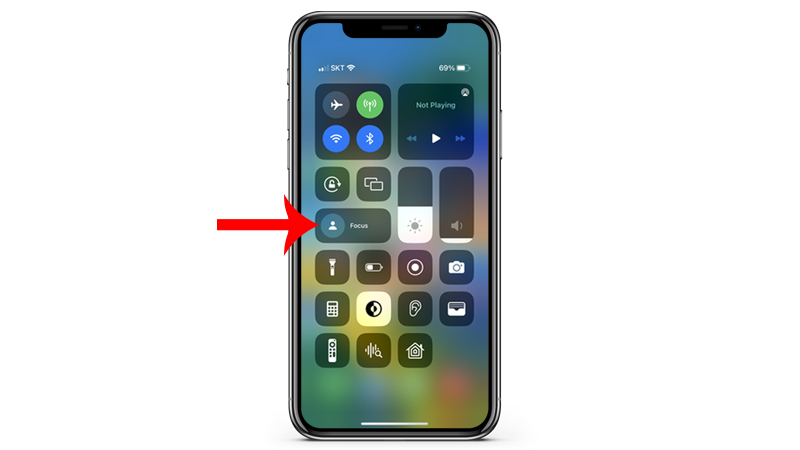
Lock your phone to enable the Always-On display and check if the problem is solved.
5. Make An Exception on Focus.
If you don’t want to disable focus mode on your device but want Always-On display to stay active, you can make an exception on your preset.
Luckily, custom focus presets allow you to control which features get disabled.
Here’s how you can manage your focus presets:
- Open Settings on your iPhone.
- Now, tap on Focus.
- Select the preset you want to edit.
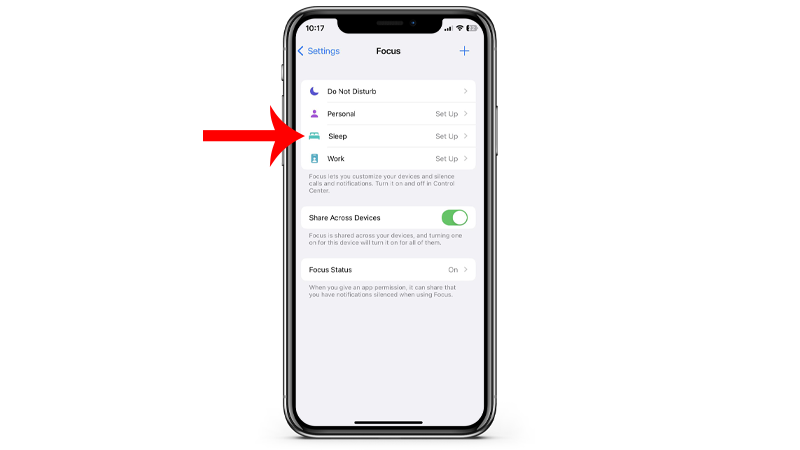
- After that, scroll down until you see the System Filters section.
- Tap on Always-On Display and make sure that it’s enabled.
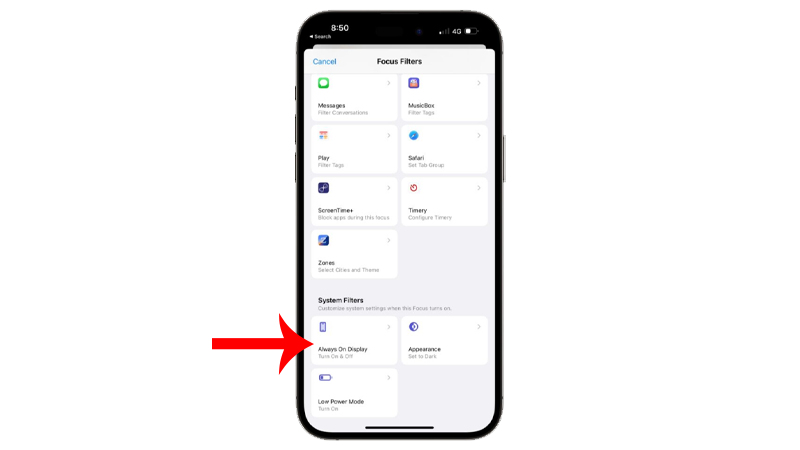
- Restart your iPhone afterward.
Try entering the Always-On display screen to check if it will turn off after a few minutes.
6. Toggle Always-On Display Off/On.
Sometimes, a simple restart or refresh of the feature can resolve minor issues that may have occurred.
If Always-On display is not working on your iPhone 14 Pro/Pro Max, try toggling the feature off and then on.
Here’s what you need to do:
- On your iPhone, go to the home screen and tap on Settings.
- After that, go to Display & Brightness > Always-On Display.
- Tap the toggle switch beside Always-On Display to turn off the feature.
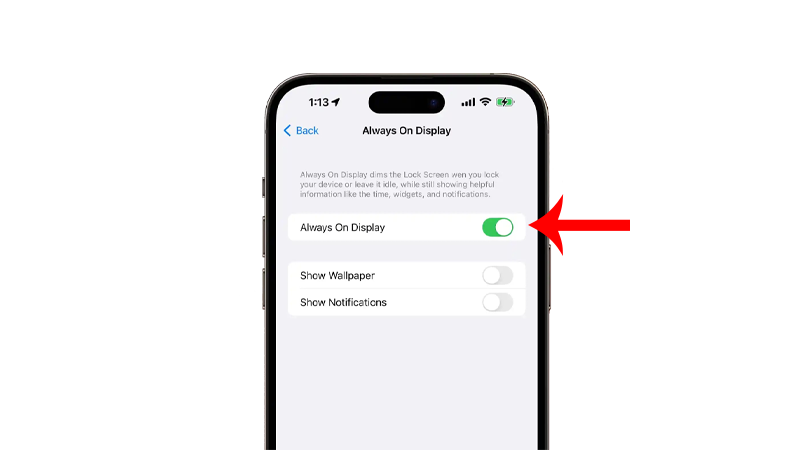
- Wait for at least 30 seconds.
- Enable the feature by tapping the toggle switch once more.
Close settings, lock your device, and observe if Always-On display will still turn off after a while.
7. Update Your iPhone.
The version of iOS you’re using might have an underlying issue that needs fixings with the Always-On display feature.
Apple might already know this and could roll out a patch to address the bug.
Follow the steps below to update your iPhone:
- From your home screen, tap on the Settings app to open it.
- Now, go to General > Software Update.
- If there’s a new version of iOS available, tap Download and Install.
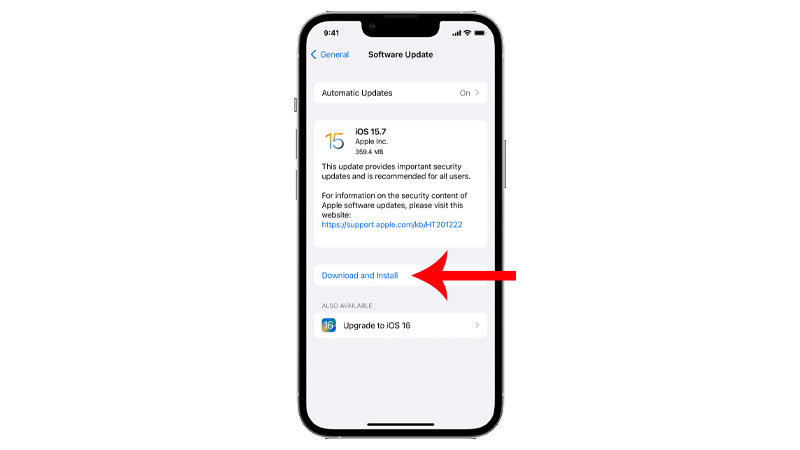
Note
- Your device can restart several times while installing the update.
- Make sure that your iPhone has at least 50% battery before installing updates. It’s best to keep your device plugged into the wall charger to avoid interruptions.
- Allow at least 15 minutes for the update to install, especially if it’s a major update (iOS 14 to iOS 15).
Wait for your iPhone to install the update and check if the problem is solved.
8. Reset Your Settings.
You can also try resetting your iPhone’s configurations if you still encounter problems with the Always-On display feature.
This should rule out any conflict with your device’s settings that may have caused Always-On to malfunction.
See the guide below to reset your settings:
- On your iPhone, go to the main menu and open Settings.
- Now, tap on General.
- Look for Transfer or Reset iPhone and tap on it.
- Tap the Reset option and select Reset All Settings.
- Follow the prompts to continue.
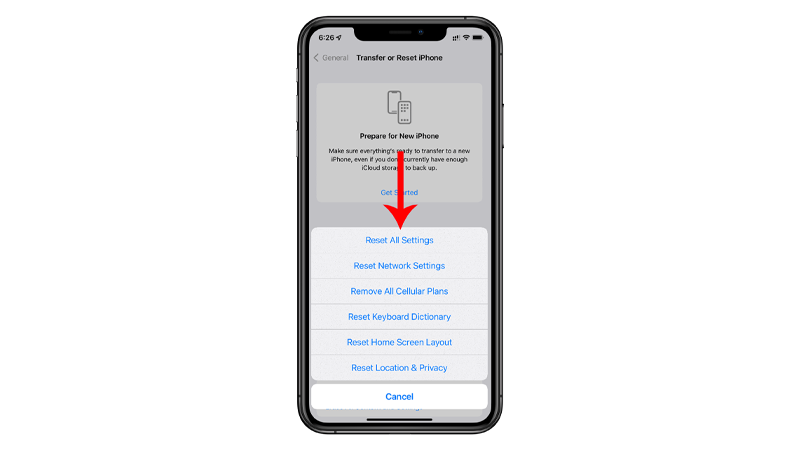
Note
- Your iPhone will immediately restart upon resetting your network configurations.
- It may appear to be stuck in the Apple logo. Wait for the process to complete, which usually takes around 5 to 10 minutes.
Set up your device afterward, enable Always-On display, and check if the problem is solved.
9. Contact Apple Support.
If none of the solutions above worked, the last thing you can do is seek help from Apple.
Visit their support page and search for the issue you’re experiencing. The site should suggest possible solutions together with some articles about Always-On display.
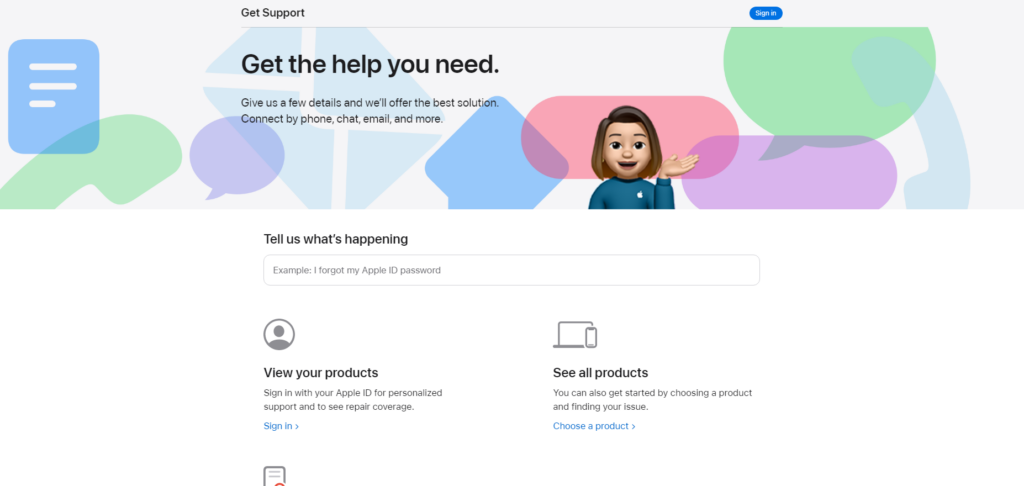
Try out the suggested solutions and see if any of them would work.
You can also contact their team through chat or phone if you can’t find anything on the website.
That wraps up our guide for fixing Always-On display if it’s turning off by itself on iOS 16. If you have questions, leave a comment below, and we’ll get back to you as soon as we can.





